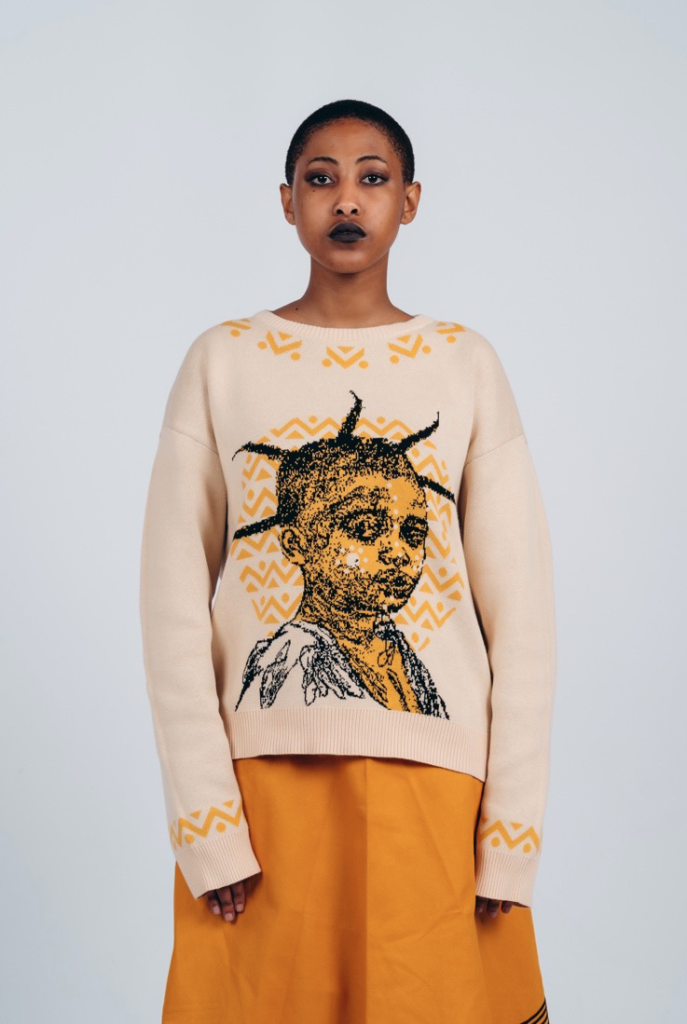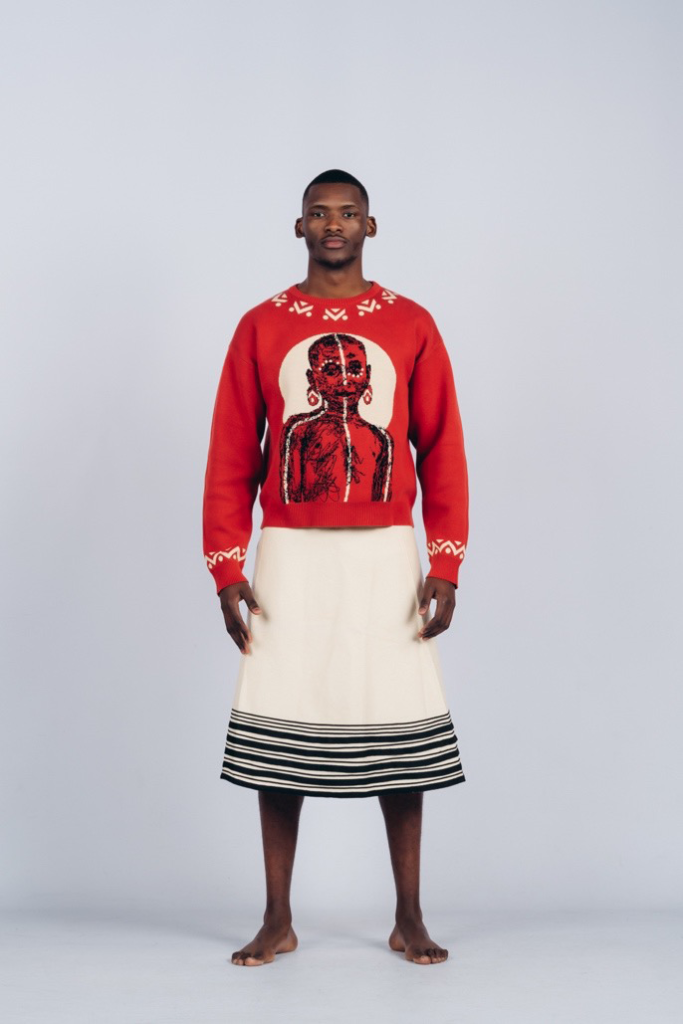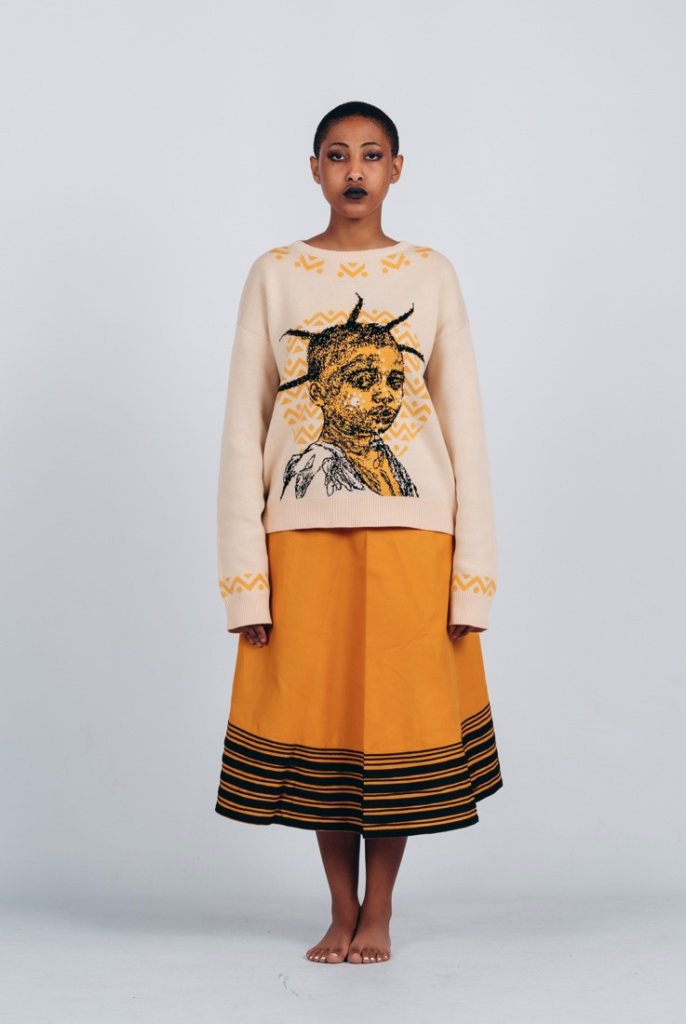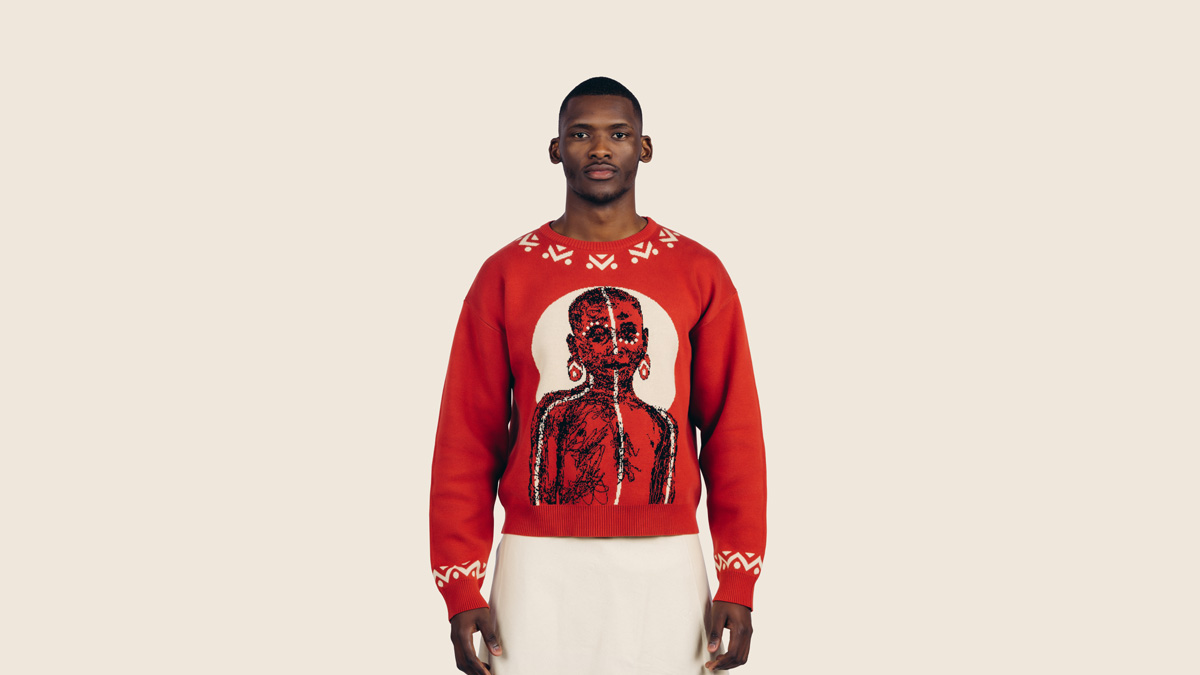Illustrator and artist Masonwabe Ntloko extends his brand by launching unisex nightwear
By Edward Tsumele, CITYLIFE/ARTS Editor
He is certainly an artist to watch out for. First it was the launch of his beautifully illustrated rags in collaboration with a retail shop in 2021. They became an instant success they selling out within a short space of time –within 24 hours. He then followed that up with designer T- shirts in collaboration with a popular music festival in the Western Cape. And now this illustrator and artist Masonwabe Ntloko is definitely a young artist on a mission, and with the latest launch of a unisex nightwear line, he is extending his brand to touch the hearts and imaginations of both the female and male species, and one would not be surprised if this latest venture finds emotional and visual connection with both women and men.
Particularly those who love looking beautiful and handsome especially during the night.
This is Illustrator Ntloko’s long-awaited unisex nightwear. The collection called Ameva
Ayabangulana draws inspiration from shared childhood memories amongst Africans. The collection focuses on the idea that despite different cultural identities and backgrounds,
African childhoods are steeped in common experiences.

The collection features 100% cotton garments. These garments showcase images of African portraiture and embrace a design style that is true to the Masonwabe Ntloko brand. The individual pieces offer a diverse range of styles, colours and textures, which when combined together form a strong unified look and feel. The garments in the collection provide a visual representation of the common childhood experiences shared among African people by using African symbols, silhouettes and motifs. The designer has given the garments life and significance.

This collection offers an authentic look into the shared experiences of African childhoods while celebrating the differences. The use of bold colours and unique patterns gives the collection a unique vibe, making it stand out from other knitwear collections. With its combination of both traditional and modern elements, the collection seamlessly blurs the line between past and present. Overall, Masonwabe Ntloko’s unisex collection ‘Ameva
Ayabangulana’ is a unique and modern collection that pays homage to the shared experiences of African childhoods. By embracing African culture and showcasing visual representations of shared experiences, the collection offers a powerful and meaningful insight into African childhoods.
And quite revealingly, and a skill and art practice that distinguish him from other artists, his practice blurs the lines between art and craft, collapsing the boundary between the two in a way that does not offend either, but instead gaining him a huge following within a short space of art practice.
This way Ntloko in his art practice undermines the artificial boundary between what is regarded as fine art and craft, an artistically limiting distinction created and sustained by the art establishment to create the notion of a hierarchical structure in art making in order to create a sense of superiority of fine art over what is regarded as fine art. The reality though is that the concept of art in its broad sense is the product of the mind, hands and material to create something that is visually appealing and often tells a story of a society within a certain context.
This exclusivity of who is regarded as an artist in fact has been a widely debated issue for years in the history of art, and has patriarchal undertones.+

For example until the 20 th century women artists in South Africa struggled to earn the title artist, in comparison to males who regarded themselves as artists. It was worse for black women artists.
This problem of gatekeeping about a species that is conferred the term artist is dealt with adequately by academic, artist and critic Marion Arnold in her seminal book Women and
Art in South Africa (David Phillip, 1996).
”When ‘woman qualifies’ qualifies ‘artist’ important dimension of social meaning surface.
The art created by South African women in the twentieth century reflects the gradual emergence of gender consciousness…”
Giving an example of the work of one of South Africa’s well known artists Penelope Siopis titled Melancholia, Arnold writes: Melancholia is a highly contrived, parodic painting, crowded with objects and loaded references Western art-to conventions, genres and styles that originated with significant male painters and sculptors….This scene of surfeit is rendered in a mannered illusionism that conveys the theme of contrivance and artificiality….Her presence on the periphery of the banquet raises about the location of women artists in the Western art canon.”
It is therefore within this theoretical framework of Arnold’s that the art practice of Ntloko must be understood – an attempt to demolish hierarchies in art making within the South
African contemporary art practice.










